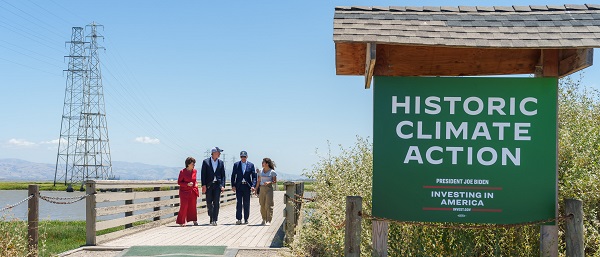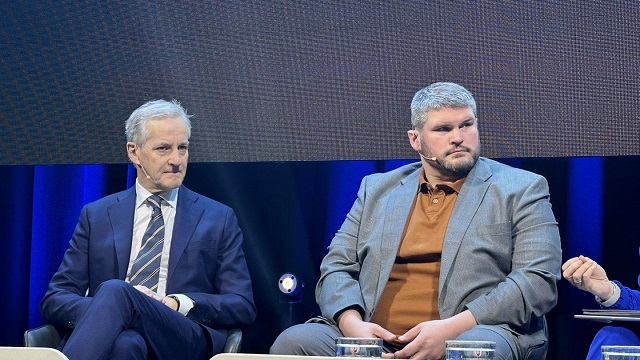Alberta
What’s on Tap? – Community, Creativity & Craft at Inner City Brewing

Located in the heart of Calgary’s colorful Beltline district, Inner City Brewing recently celebrated two years of bringing great brews and good times to Calgary’s downtown!
Originally founded by 5 friends in 2018 with just 8 beers on tap, it has been a busy two years of innovation and expansion for Inner City. The brewery now features a combination of 20 core and rotating taps available year round, and has brewed over 60 beers in total – an unprecedented number in such a short amount of time. The taproom also includes a full service kitchen with a high-quality comfort food menu (check out the nacho in a bag!).
Inner City Brewing celebrates the life of the city through the creation of brews that are as unique and exciting as the city itself. “We love the vibrancy and the connections,” says Doug Hamilton, co-founder and CEO of Inner City Brewing, “it’s all the weird and wonderful interactions that make the inner city.”
Each Inner City can is dedicated to a specific destination around the world, using artistic map renderings to highlight the area of inspiration for each beer and style. “No map or intersection is exactly alike,” says Doug, “and neither are our beers.” The colorful artistry of Inner City products makes them easy to spot on the liquor store shelf lineup, with unique designs such as “Bridgelandia”, a core beer featuring a map of Calgary, and “Brickworks”, an English Dark Mild Ale that features the map of Manchester, UK.
Located in a restored 1940’s building on 11 Ave’s 800 block, Inner City’s clean industrial taproom is built of concrete and steel, with massive bay windows that flood the space with Alberta sunshine all year round.

Visitors can watch the hustle of 11th from the patio or peer into the massive on-site brewery adjacent to the taproom, where Inner City Head Brewer Eli Horne is constantly working on the next best thing. With 20 taps featuring everything from crisp lagers to oatmeal stouts, Inner City shares their love of craft beer with the community by brewing something for everyone. “Beer is much more versatile in flavor and variety than people realize,” says Doug, “especially with our main brewery and pilot brewery systems, the sky’s the limit.”
The Inner City taproom is home to two custom-built infusion towers that produce unique small-batch brews for fun, one-night-only features. As the only build of their kind in Canada, the infusion taps let the Inner City imagination run wild – exploring coffee, cocoa, fruit and tea infusions, and brewing everything from bacon to bubblegum beers as one-off specialties. “It’s awesome,” laughs Doug, “we just like to push our creativity and have fun with it.”

The taproom keeps the fun going by pairing their unique beers with live music events like the Big Winter Classic, brewery tours, trivia nights, brewery yoga, and so much more. As an active member of the Beltline community, Inner City is always keeping up with community events, most recently participating in the YYC BUMP fest in celebration and support of local and Canadian artists. With these weekly events, their rotating taps and their infusers producing one-night-only brews, “No experience in the tap room is quite the same as the last,” says Doug, “we encourage people to come down regularly to see and experience what our team has been up to.”
For more information about Inner City Brewing, visit https://www.innercitybrewing.ca.
For more stories, visit Todayville Calgary.
Alberta
Diploma Exams Affected: No school Monday as ATA rejects offer of enhanced mediation

Premier Danielle Smith, Minister of Finance Nate Horner, and Minister of Education Demetrios Nicolaides issued the following statement.
“Yesterday, the Provincial Bargaining and Compensation Office wrote to the Alberta Teachers’ Association (ATA) and formally requested an agreement to enter an enhanced mediation process.
“This process would have ensured that students returned to the classrooms on Monday, and that teachers returned to work.
“Negotiating would have continued with the ATA, Teachers’ Employer Bargaining Association (TEBA) and a third-party mediator to propose a recommended agreement.
“We are very disappointed that the Alberta Teachers’ Association refused this offer. Teachers and students should also be disappointed.
“PBCO made this offer to the ATA because the union has not made a reasonable offer and this strike is impacting students. Alberta’s government is trying to put kids first and bring an end to this strike.
“The offer of enhanced mediation provided a clear path to ending it.
“We want the same things as the ATA: More teachers. More pay for teachers. More educational assistants. And more classrooms.
“This strike has gone on too long and we are extremely concerned about the impact it is having on students.
“We are willing to consider further options to ensure that our next generation gets the world-class education they deserve. After about three weeks, a strike of this nature would reach the threshold of causing irreparable harm to our students’ education.
“The ATA needs to do what is right for its members, and for all Alberta students.
“If it refuses to do so, we will consider further options to bring this strike to an end.”
Diploma exam update
November diploma exams will be optional for students.
With instructional time in schools disrupted due to the teacher strike, the November 2025 diploma exams will now be optional for students. Students who wish to write a diploma exam may request to do so, and their school boards will accommodate the request.
The optional diploma exams apply to all schools provincewide. These exams will still take place on the currently scheduled dates.
Students who choose not to write the November diploma exams can still complete their courses and graduate on time. Their final grade will be based entirely on the school-awarded mark provided by their teacher.
Choosing not to write the November diploma exams will not affect a student’s ability to apply to, be accepted by, or attend post-secondary institutions after graduation.
No changes have been made to the January and June diplomas and provincial achievement tests.
Quick facts
- Students are automatically exempted from writing the November diploma exams but can request to write them.
- School boards must allow the student to write the diploma exam if requested.
Alberta
Alberta taxpayers should know how much their municipal governments spend

From the Fraser Institute
By Tegan Hill and Austin Thompson
Next week, voters across Alberta will go to the polls to elect their local governments. Of course, while the issues vary depending on the city, town or district, all municipal governments spend taxpayer money.
And according to a recent study, Grande Prairie County and Red Deer County were among Alberta’s highest-spending municipalities (on a per-person basis) in 2023 (the latest year of comparable data). Kara Westerlund, president of the Rural Municipalities of Alberta, said that’s no surprise—arguing that it’s expensive to serve a small number of residents spread over large areas.
That challenge is real. In rural areas, fewer people share the cost of roads, parks and emergency services. But high spending isn’t inevitable. Some rural municipalities managed to spend far less, demonstrating that local choices about what services to provide, and how to deliver them, matter.
Consider the contrast in spending levels among rural counties. In 2023, Grande Prairie County and Red Deer County spent $5,413 and $4,619 per person, respectively. Foothills County, by comparison, spent just $2,570 per person. All three counties have relatively low population densities (fewer than seven residents per square kilometre) yet their per-person spending varies widely. (In case you’re wondering, Calgary spent $3,144 and Edmonton spent $3,241.)
Some of that variation reflects differences in the cost of similar services. For example, all three counties provide fire protection but in 2023 this service cost $56.95 per person in Grande Prairie County, $38.51 in Red Deer County and $10.32 in Foothills County. Other spending differences reflect not just how much is spent, but whether a service is offered at all. For instance, in 2023 Grande Prairie County recorded $46,283 in daycare spending, while Red Deer County and Foothills County had none.
Put simply, population density alone simply doesn’t explain why some municipalities spend more than others. Much depends on the choices municipal governments make and how efficiently they deliver services.
Westerlund also dismissed comparisons showing that some counties spend more per person than nearby towns and cities, calling them “apples to oranges.” It’s true that rural municipalities and cities differ—but that doesn’t make comparisons meaningless. After all, whether apples are a good deal depends on the price of other fruit, and a savvy shopper might switch to oranges if they offer better value. In the same way, comparing municipal spending—across all types of communities—helps Albertans judge whether they get good value for their tax dollars.
Every municipality offers a different mix of services and those choices come with different price tags. Consider three nearby municipalities: in 2023, Rockyview County spent $3,419 per person, Calgary spent $3,144 and Airdrie spent $2,187. These differences reflect real trade-offs in the scope, quality and cost of local services. Albertans should decide for themselves which mix of local services best suits their needs—but they can’t do that without clear data on what those services actually cost.
A big municipal tax bill isn’t an inevitable consequence of rural living. How much gets spent in each Alberta municipality depends greatly on the choices made by the mayors, reeves and councillors Albertans will elect next week. And for Albertans to determine whether or not they get good value for their local tax dollars, they must know how much their municipality is spending.
-

 espionage2 days ago
espionage2 days agoBreaking: P.E.I. Urges RCMP Probe of Alleged Foreign Interference, Money Laundering
-
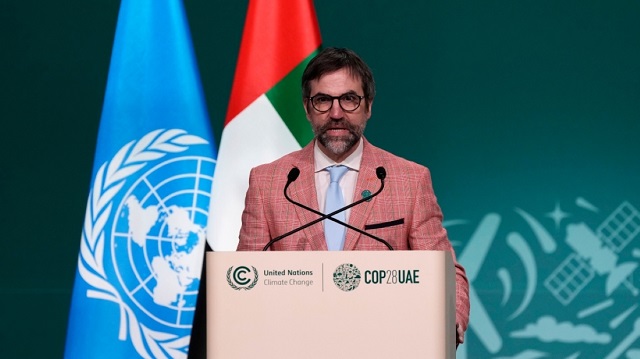
 Business1 day ago
Business1 day agoCanada has an energy edge, why won’t Ottawa use it?
-
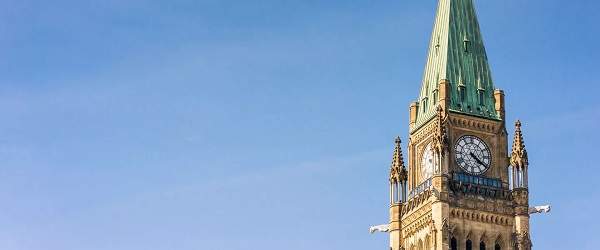
 Business1 day ago
Business1 day agoFederal Budget 2025: A responsible media would ensure Canadians know about the dismal state of federal finance
-

 Business2 days ago
Business2 days agoCutting Red Tape Could Help Solve Canada’s Doctor Crisis
-
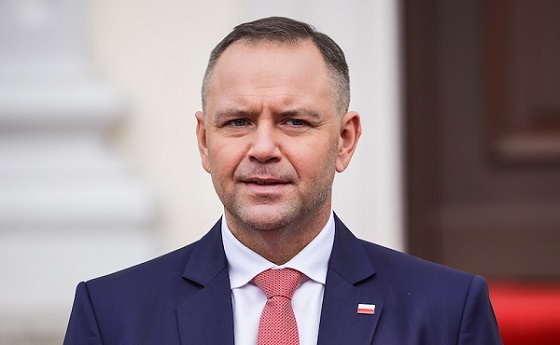
 International12 hours ago
International12 hours agoPoland’s president signs new zero income tax law for parents with two children
-

 Daily Caller1 day ago
Daily Caller1 day agoTrump, Putin Agree On High-Stakes Meetings To Negotiate End To Ukraine War
-
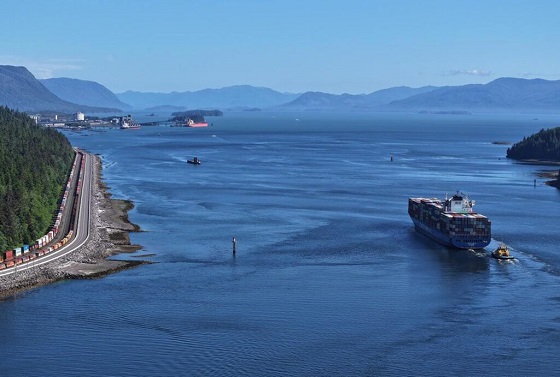
 Energy2 days ago
Energy2 days agoPrince Rupert as the Optimal Destination Port for an Alberta Crude Oil Pipeline –
-
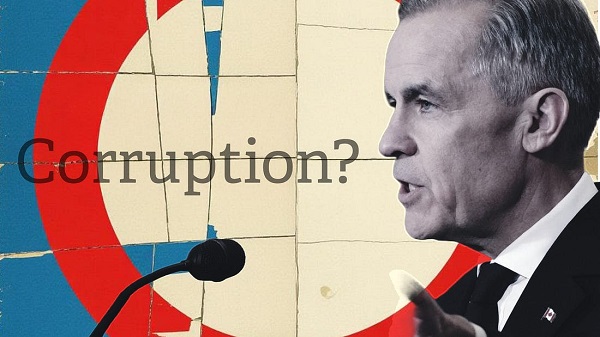
 Business23 hours ago
Business23 hours agoEthics on Ice: See You Next Year



